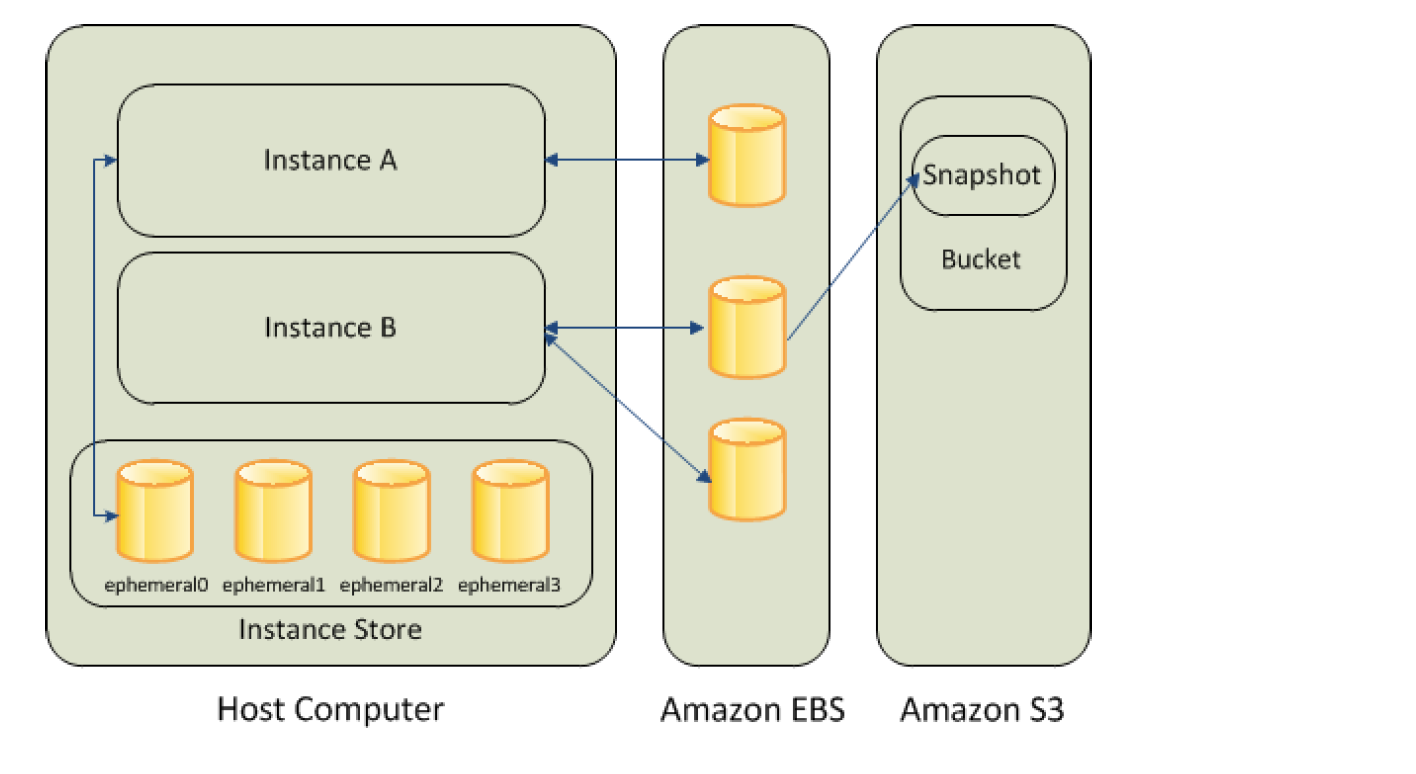
September 6th, 2022 - Updated to run Kubernetes 1. You can complete the Kubernetes Pod Design for Application Developers lab series to satisfy the prerequisites.
Knowledge of Kubernetes Pod Design (Pods, Deployments, Services). With this new feature, you can now configure ephemeral storage for up to 10 GB per function instance. This was set at 512 MB for every function, regardless of runtime or memory configuration. This lab is recommended for Certified Kubernetes Application Developer (CKAD) examinees AWS Lambda functions have always had ephemeral storage available at /tmp in the file system. Ephemeral storage is considered perfect for immutable applications and is used to handle the transient needs of pods running on cluster nodes. Application developers and DevOps engineers deploying applications in containers and using or considering Kubernetes Ephemeral storage, by its name, is ephemeral in the sense that it is cleaned up when the workload is deleted or the container crashes. It is not copied along with resizes or migrations. This storage does not get saved when you create a snapshot of an image. Ephemeral storage for Fargate is not implemented using EFS (although please note that the EFS team has released substantial performance enhancements in the last few months). This storage is not saved with the instance. This works as additional storage for the duration of the instance. Specify ephemeral storage requirements and limits in Pod specs Some Pouta virtual machine flavors have an ephemeral storage in addition to the root disk. This means that instances can mount the block. Utilize ephemeral volume types in Kubernetes applications COD now supports 1.6 TB NVMe (Non-volatile Memory Express) based cache that significantly improves the performance when you deploy COD with object storage. Ephemeral storage is similar to block storage in the way that it appears to the instance as block devices. Completion of the lab will help you get hands-on experience, which is essential for passing the CKAD exam. The following Pod manifest uses an emptyDir and a node. 
This lab is valuable to anyone working with Kubernetes, but the content has been prepared considering topics described in the Certified Kubernetes Application Developer (CKAD) Exam Curriculum. A GKE node pool can be configured to use local SSD for ephemeral storage, including emptyDir volumes.
#EPHEMERAL STORAGE HOW TO#
You will understand how Kubernetes provides ephemeral storage and understand how to utilize ephemeral storage in this lab. It also allows OpenShift Container Platform to schedule pods where appropriate, and to protect the node against excessive use of local storage. Providing read-only input configuration data to a Pod.Sharing data between containers in a Pod (multi-container Pods).

There are a variety of use cases for ephemeral volumes including:

Kubernetes provides both ephemeral volumes that store their data only for the lifetime of the Pod, and persistent volumes that persist their data beyond the lifetime of the Pod they are mounted to.







 0 kommentar(er)
0 kommentar(er)
